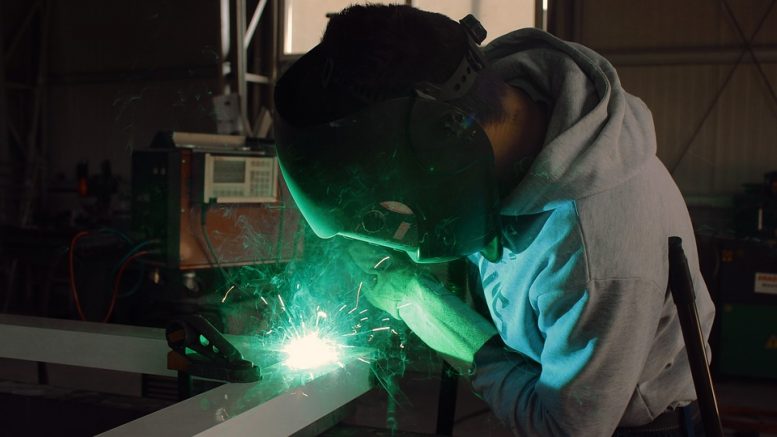The use of cooling vests in the medical field has been on the rise as of late. We’re seeing (and making) vests outfitted with sensors that can read biometrics such as heart-rate analytics and concentration of fluid in the lungs, and vests that are designed to diagnose and even treat specific illnesses become more prevalent in the medical field. The most common type however, are vests that make transporting life-saving technology more convenient than a standard duffel bag, backpack, or dolly.
The Uses of Cooling Vests
Cooling vests, while less complex a vest outfitted with ECG sensors, can offer just as many medical benefits to the wearer when used appropriately. The most common use of a cooling vest is to treat hyperthermia, but they can also be used to help treat heat sensitivity that occurs with conditions such as Multiple Sclerosis (source).
Most people with MS are very temperature sensitive, with as little as a 0.5C degree increase in core temperature can trigger or exacerbate symptoms (source). Cooling vests can help maintain a steady, cool body temperature, reducing the likelihood of symptom flare-ups. This can allow people with MS to do strenuous activity, such as exercising, for longer times without experiencing flare-ups.
Another medical use for cooling vests could be as a pain-maintenance tool. Cryotherapy is helpful for treating pain associated with falls, over-exerted muscles, fractured ribs, or chronic conditions like sciatica. Cryotherapy works by reducing blood flow, which reduces nerve activity and swelling.
Types of Cooling Vests
The most basic cooling method is through evaporation. Based off the natural cooling process of sweating, the vest has absorbent beads sewn into the material that hold cold water. The water absorbs body-heat, then the vest wicks the water away from the skin, allowing the body to cool. The activation process is as easy as soaking the vest in water, making it easy to reuse.
Phase Change cooling vests have two modes of functionality. One involves removable inserts that are placed in a freezer or cooler. The other hooks up to an electric water pump that circulates cold water around the body.
We have been developing our own Phase Change vest. It features a double-layered design with mesh interior pockets for disposable and reusable icepacks. The interior layer traps the cold inside while the outer layer transfers heat, extending the “life” of the cold packs. This vest is durable, easy to use, washable, and reusable.
Other Applications
Cooling vests are being adopted beyond the medical field as well.
Firefighters are able to spend longer periods of time in burning buildings before heat-stress takes effect, giving them more time to rescue people. Similarly, cooling vests will help treat people rescued from the fire.
Welders and construction workers are able to work with less risk of heat stress thanks to the cooling properties of the vest.
Military personnel are able to operate in extreme high temperatures for longer periods of time and recover from heat-stress more efficiently.
Athletes have adopted cooling vests as tools used both before and after events. Olympians have been using them from the 2004 Olympics on in order to improve their performance, primarily the runners.
